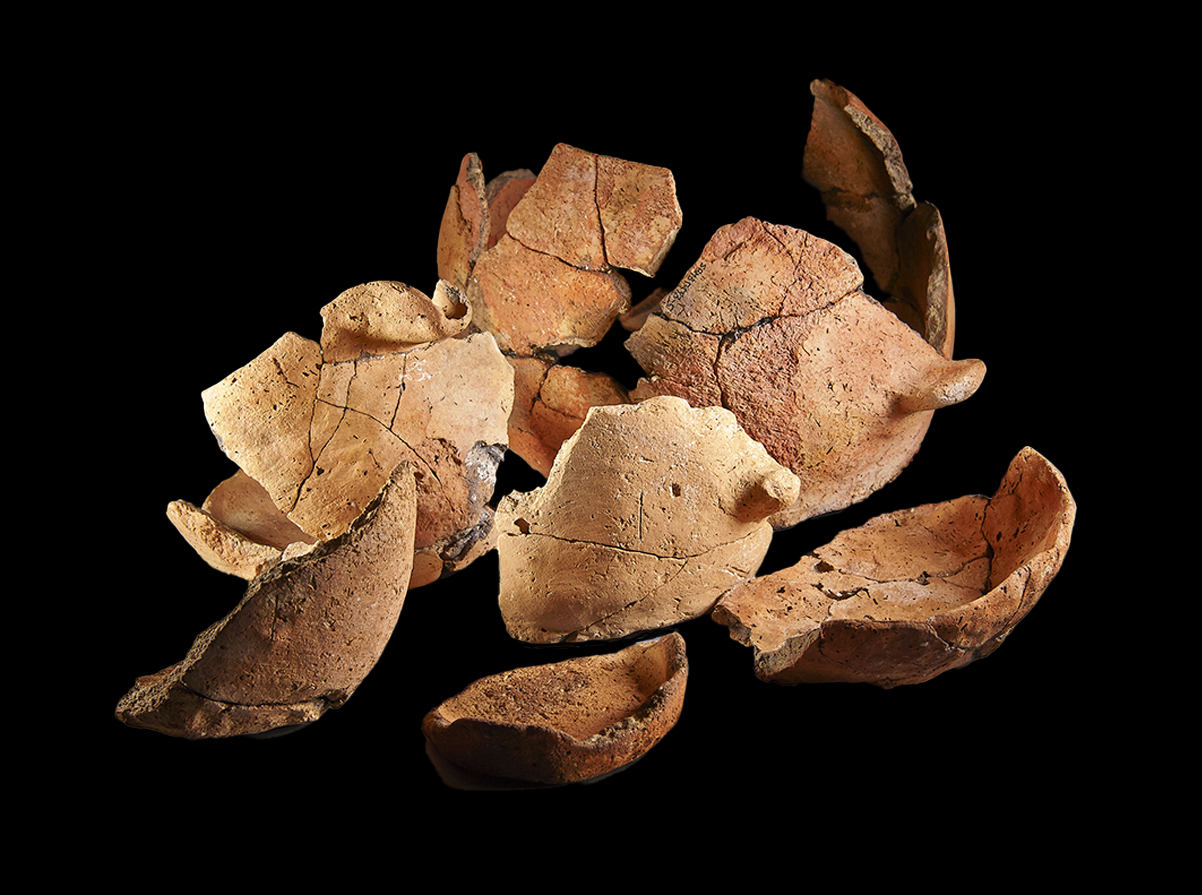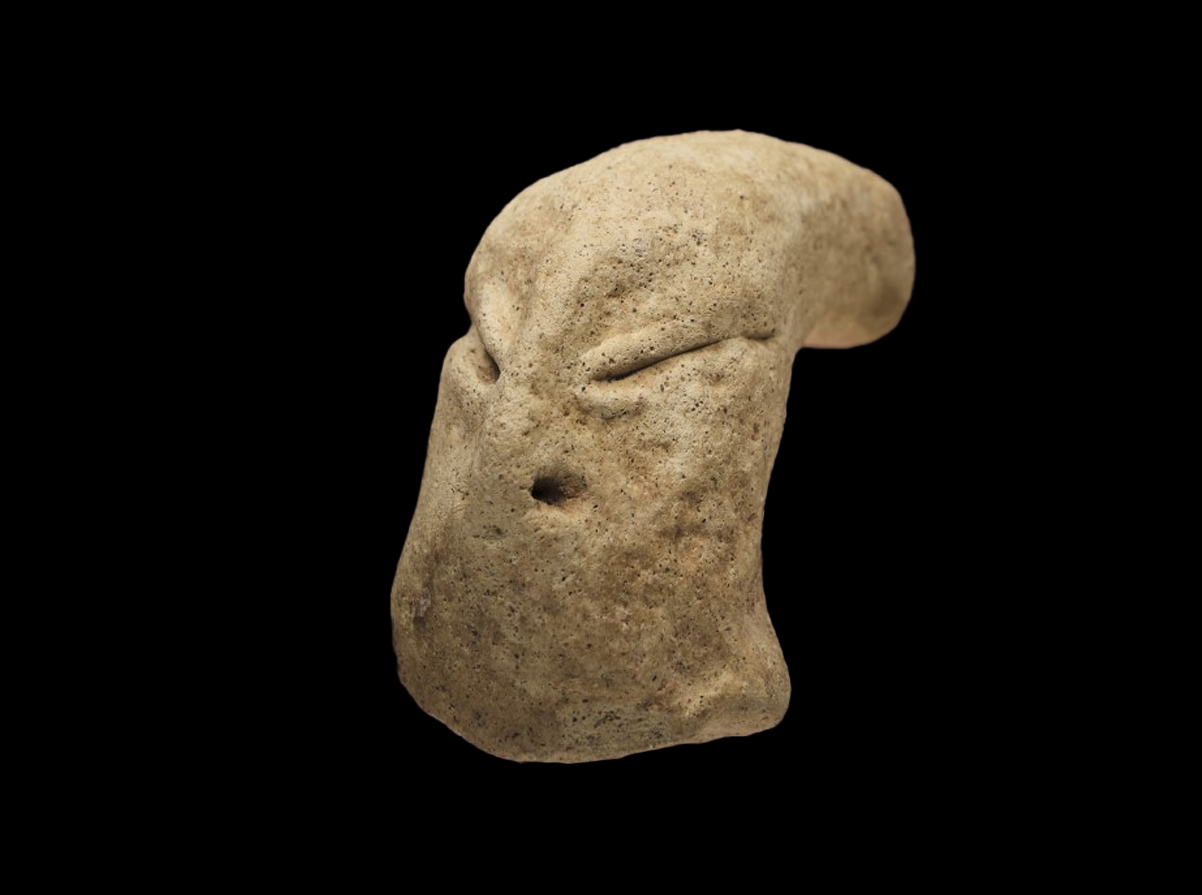Archaeologists from the Kuwaiti-Polish Archaeological Mission (KPAM) have uncovered an Ubaid figurine at the Bahra 1 archaeological site, located in the Subiya region on the coast of Kuwait Bay.
Bahra 1 is one of the earliest Ubaid culture settlements in the Persian Gulf region, dating to around 5500 to 4900 BC. The site spans an area of at least 180 metres by 50 metres, encompassing over ten multi-roomed buildings arranged at the base of a small rocky hill.
Since 2009, the site has been the focus of a joint research project by Kuwait’s National Council of Culture, Arts, and Letters (NCCAL) and the Polish Centre of Mediterranean Archaeology, University of Warsaw (PCMA UW).
Recent excavations have uncovered an intricately crafted clay head figurine with an elongated skull. According to the archaeologists, the figurine is completely unique to the Gulf region, raising questions about the symbolic significance it held within the ancient community.

The researchers also found evidence of a local pottery industry, evidenced by two distinct types of pottery: imported Ubaid ware from Mesopotamia and locally produced Coarse Red Ware (CRW), previously thought to have been made elsewhere in the Gulf region. This is confirmed with the discovery of an unfired clay vessel, marking Bahra 1 as the oldest known pottery production site in the Gulf.
An archaeobotanical analysis of the Ubaid and CRW pottery found plant fragments embedded in the clay, providing new insights in to the flora of the region during the mid-6th millennium BC. The study identified wild plants such as reeds in the CRW, while the Ubaid ware had traces of cultivated crops such as barley and wheat.
According to the archaeologists: “The ongoing excavations at Bahra 1 promise further insights into the interactions between Arabian Neolithic and Mesopotamian Ubaid cultures. They also continue to foster collaboration between Polish and Kuwaiti heritage experts, strengthening cultural ties and advancing archaeological research in the region.”
Header Image Credit : Adam Oleksiak / CAS UW
Sources : Polish Centre of Mediterranean Archaeology





